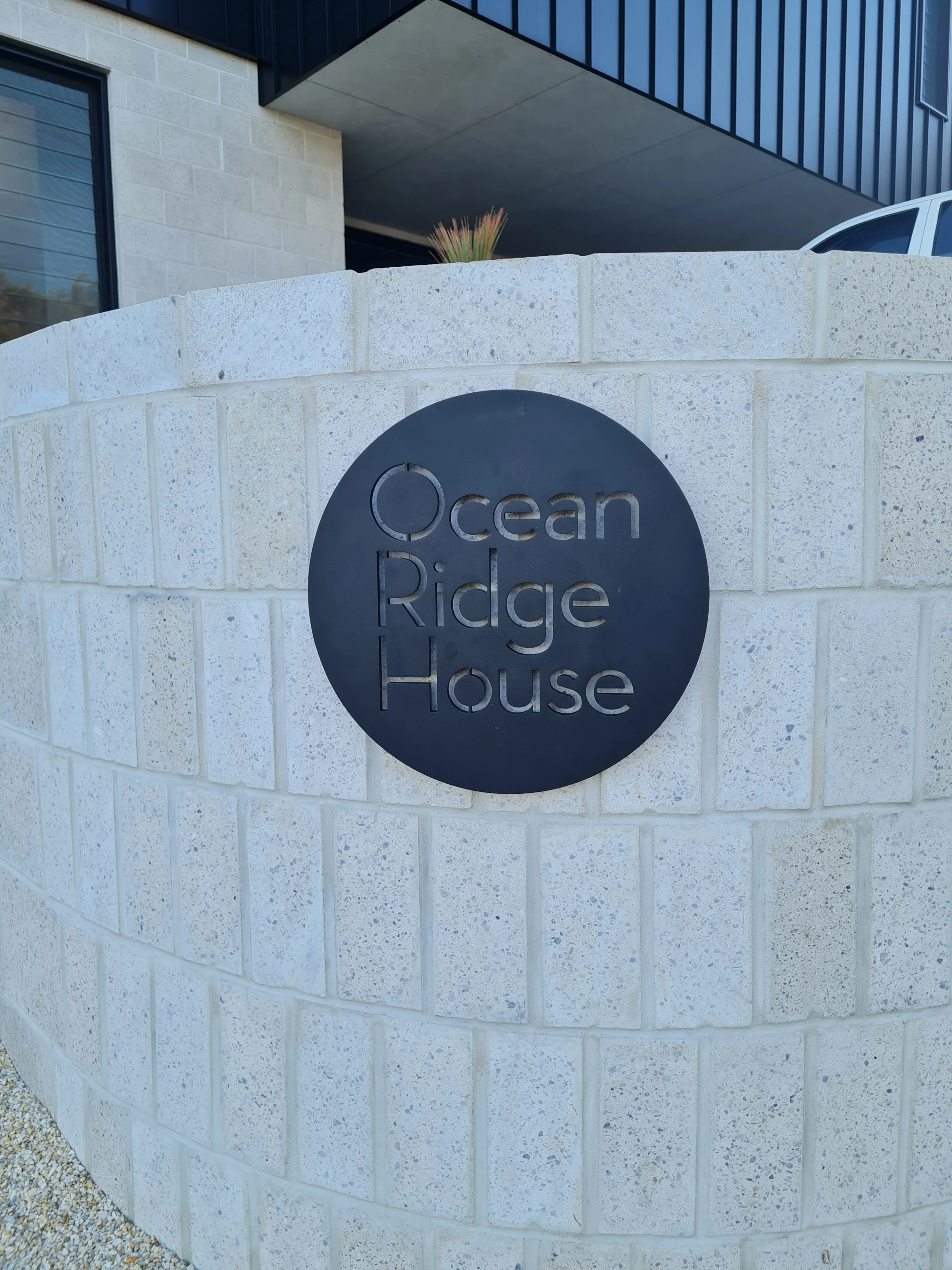Choosing the right house number signs is a crucial decision for homeowners. Not only does it serve the practical purpose of identifying your property, but it also contributes to your home’s curb appeal. This article will guide you through three key factors to consider when selecting a house number sign: material durability, visibility, and customisation options.
Material Selection: Balancing Durability and Aesthetics
The material of your house number sign significantly impacts its longevity and appearance. Consider the following options:
- Aluminum: Highly recommended for its durability, lightweight nature, and resistance to rust and corrosion. Aluminum signs require minimal maintenance, making them an excellent long-term investment.
- Other Metals: Brass and stainless steel offer a classic, elegant look but may require more frequent maintenance to prevent corrosion.
- Ceramic: Provides a traditional aesthetic but may be prone to chipping or cracking. Handle with care during installation and maintenance.
- Wood: Offers a warm, rustic appeal but may not be suitable for areas with high humidity or frequent rainfall due to potential warping or rotting.
- Acrylic: A cost-effective option, though less durable than metal alternatives. May be susceptible to UV-induced fading and discoloration over time.
For optimal longevity and minimal upkeep, aluminum stands out as a superior choice among these materials.
Size and Visibility: Ensuring Clear Identification
The effectiveness of your house number sign depends largely on its visibility. Consider these factors:
- Dimensions: Opt for numbers at least 10 cm (4 inches) in height to ensure legibility from the street.
- Font Selection: Choose a clear, simple font that prioritizes readability over decorative elements.
- Colour Contrast: Select a colour that contrasts well with your home’s exterior to enhance visibility.
- Placement: Install the sign at a height of approximately 150 cm (5 feet) from the ground, ensuring it’s unobstructed and easily visible from the street.
- Illumination: Consider adding lighting to improve nighttime visibility, which is particularly crucial for emergency services.
Always check local regulations regarding house number signs, as some municipalities may have specific requirements for size, placement, or visibility.
Customisation: Reflecting Your Home’s Character
While functionality is paramount, your house number sign also presents an opportunity to enhance your home’s aesthetic appeal:
- Design Variety: Explore various shapes beyond the standard rectangle to add visual interest while maintaining professionalism.
- Architectural Harmony: Select a style that complements your home’s architectural design, whether it’s modern, traditional, or somewhere in between.
- Color Coordination: Choose a color scheme that aligns with your home’s exterior palette. For instance, if your home features Dulux Monument trim, a sign in a similar shade could create a cohesive look.
By thoughtfully considering these customisation options, you can select a house number sign that not only serves its primary function but also enhances your property’s overall appearance.
So where do we recommend the best place to purchase a house number sign is? Our friends at Peninsula House Numbers based in Melbourne, Australia have been making house number signs for many years, we love their minimalist style, and the durability.
In conclusion, selecting an appropriate house number sign involves careful consideration of material durability, visibility factors, and design elements that complement your home. By balancing these aspects, you can choose a sign that is both practical and aesthetically pleasing, contributing positively to your home’s curb appeal while ensuring easy identification for visitors and emergency services alike.

